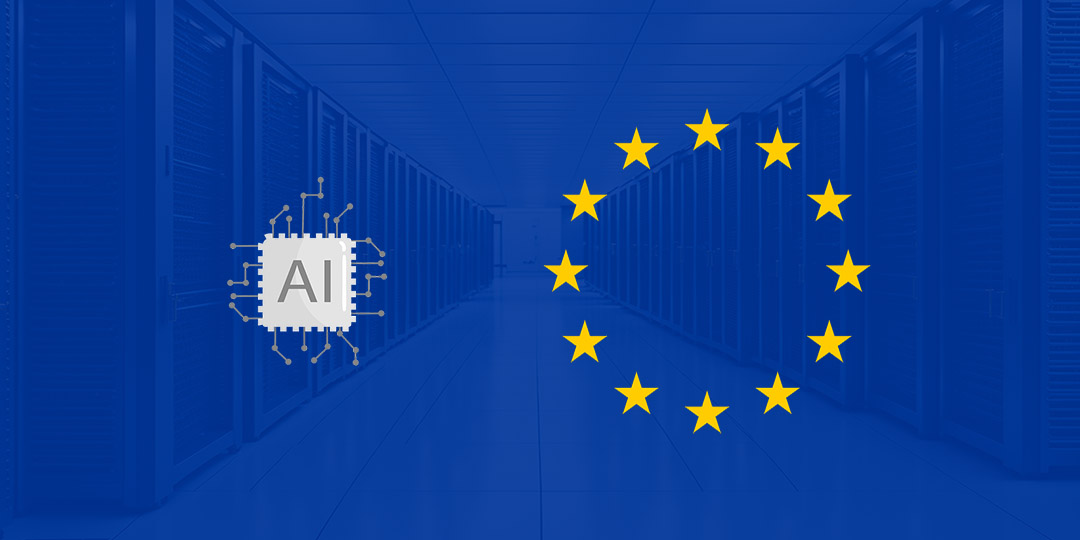The European Union, a pioneer in digital regulation with the General Data Protection Regulation (GDPR), has once again taken a bold step with the Artificial Intelligence Act (AI Act). This landmark legislation, which came into force on August 1, 2024, aims to shape the future of artificial intelligence by striking a balance between fostering innovation and protecting fundamental rights.
The Need for AI Regulation
The rapid advancement of AI has brought both immense opportunities and significant challenges. Concerns about the potential misuse of AI, its impact on jobs, and its ability to perpetuate biases have grown alongside its capabilities. The need for a robust regulatory framework to address these issues became increasingly apparent.
Furthermore, the fragmented regulatory landscape across EU member states posed obstacles to the development and deployment of AI. A harmonised approach was essential to create a level playing field for businesses and ensure consistent protection for citizens.
The Goals of the AI Act
The AI Act seeks to achieve several key objectives:
- Protect fundamental rights: The Act prioritises the protection of human rights, safety, and democracy from potential harms caused by AI systems.
- Foster innovation: While ensuring safety and rights, the Act also aims to create a conducive environment for AI innovation and development within the EU.
- Create a level playing field: By establishing a common regulatory framework, the Act prevents regulatory fragmentation and ensures fair competition among AI businesses.
- Build trust: The Act seeks to increase public trust in AI by establishing clear rules and transparency requirements.
A Risk-Based Approach
A cornerstone of the AI Act is its risk-based approach. This means that different AI systems are subject to varying levels of regulation based on the potential risks they pose.
- Unacceptable risk: AI systems considered to pose an unacceptable risk to safety, livelihoods, and fundamental rights are outright banned. This includes systems that manipulate human behaviour to exploit vulnerabilities or social scoring systems.
- High-risk AI: Systems deemed to pose significant risks to health, safety, or fundamental rights are subject to strict obligations before they can be placed on the market or put into use. These systems include those used in critical infrastructure, education, employment, law enforcement, and migration control. They must undergo rigorous risk assessments, comply with data governance requirements, and implement robust systems for human oversight.
- Limited risk: AI systems that pose a limited risk, such as spam filters or video game AI, are subject to minimal obligations. However, companies are encouraged to adopt voluntary codes of conduct.
Implications for the AI Industry
The AI Act will undoubtedly have a profound impact on the AI industry. While some may view the regulations as burdensome, they also present opportunities for responsible and ethical AI development.
- Increased compliance costs: Companies developing or deploying high-risk AI systems will need to invest in compliance measures, such as risk assessments, data governance, and documentation.
- Competitive advantage: Companies that embrace the AI Act’s principles can gain a competitive edge by demonstrating their commitment to safety, ethics, and transparency.
- Innovation focus: The Act encourages innovation by providing legal certainty and a clear regulatory framework.
- Talent attraction: A strong regulatory environment can attract top AI talent to the EU, fostering a vibrant AI ecosystem.
Compliance and Enforcement
To ensure effective implementation, the AI Act establishes a robust compliance and enforcement framework.
- Market surveillance: Member states will be responsible for market surveillance to identify and address non-compliant AI systems.
- Penalties: Non-compliance with the AI Act can result in significant penalties, including fines of up to 6% of a company’s global annual turnover.
- Cooperation: The European Commission will cooperate with member states to ensure consistent enforcement and facilitate the exchange of information.
The AI Act represents a significant milestone in the global regulation of AI. By adopting a risk-based approach and prioritising human-centric values, the EU has set a high standard for responsible AI development and deployment. As the Act is implemented and refined, it is expected to shape the future of AI not only in Europe but also worldwide.
Key Dates
The AI Act’s implementation unfolds in phases. The law came into force on August 1, 2024, with certain provisions, such as the ban on AI systems posing unacceptable risks, becoming effective six months later. The subsequent years will witness the gradual implementation of regulations for high-risk AI systems, with the full scope of the Act, excluding certain provisions for high-risk AI, becoming applicable from August 1, 2026. This phased approach allows for a steady integration of the Act into the AI landscape while providing businesses with sufficient time to adapt and comply.
While the full impact of the AI Act will be felt over time, its establishment marks a pivotal moment in the responsible development and deployment of AI in Europe and beyond.

